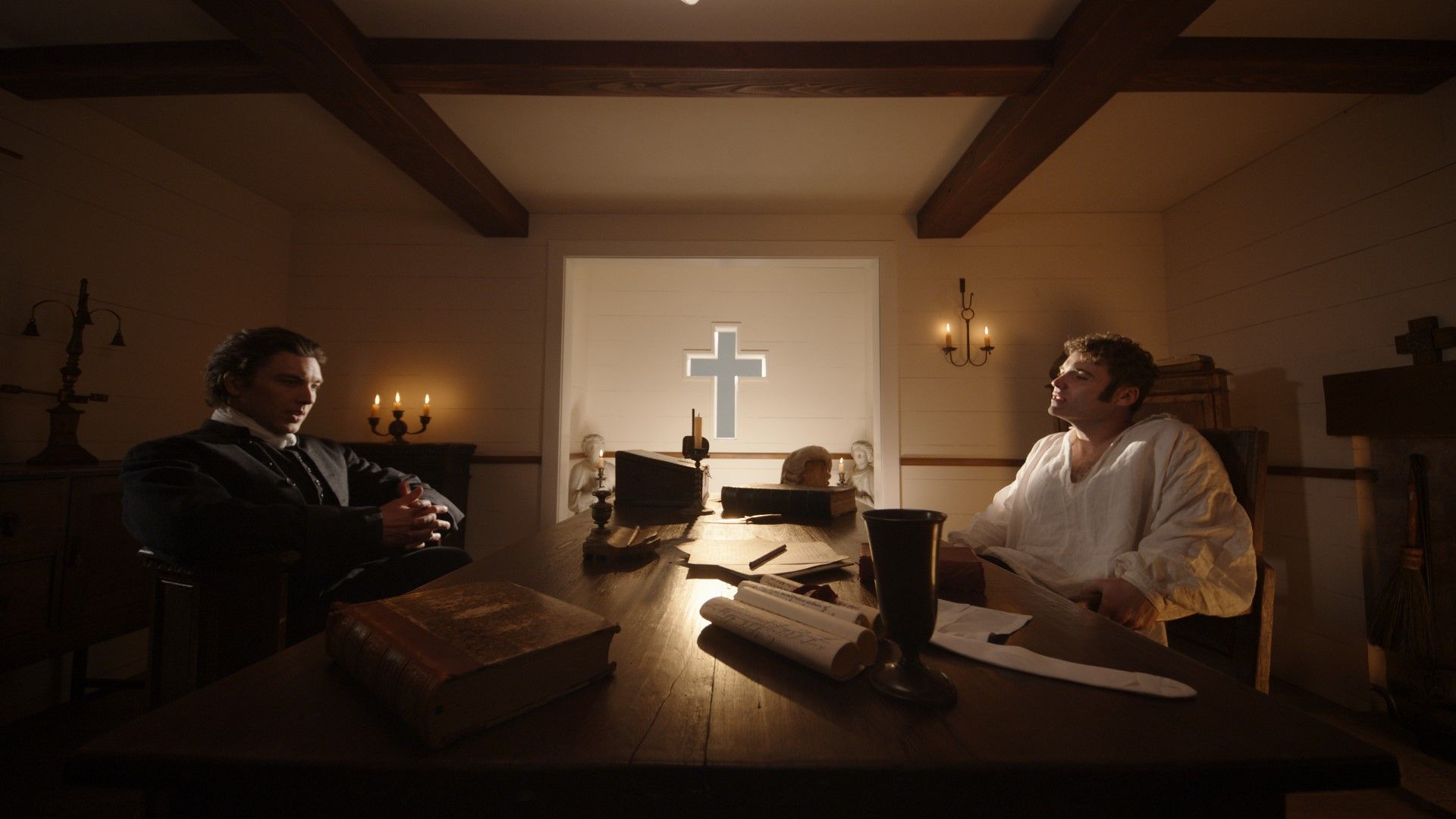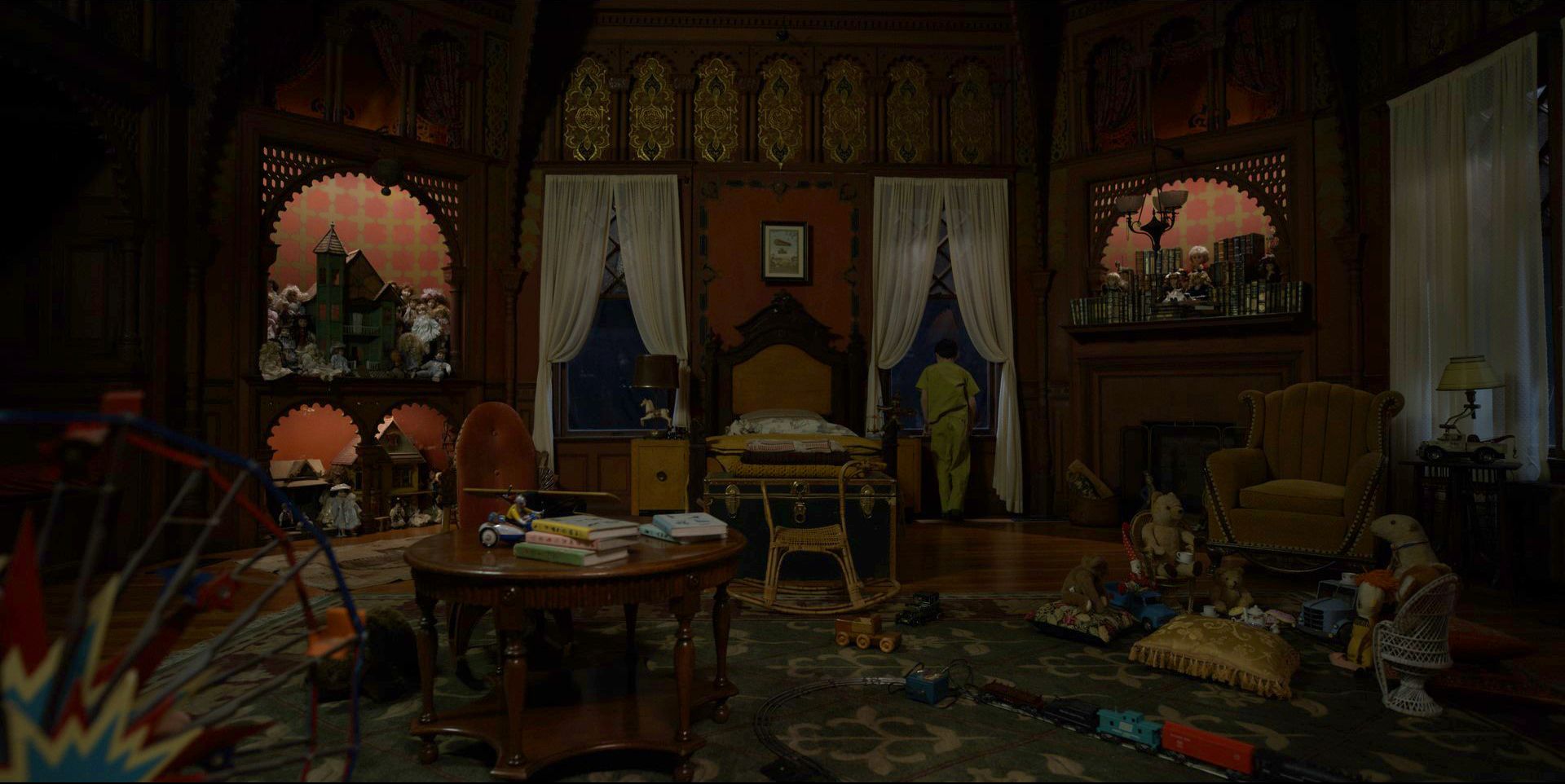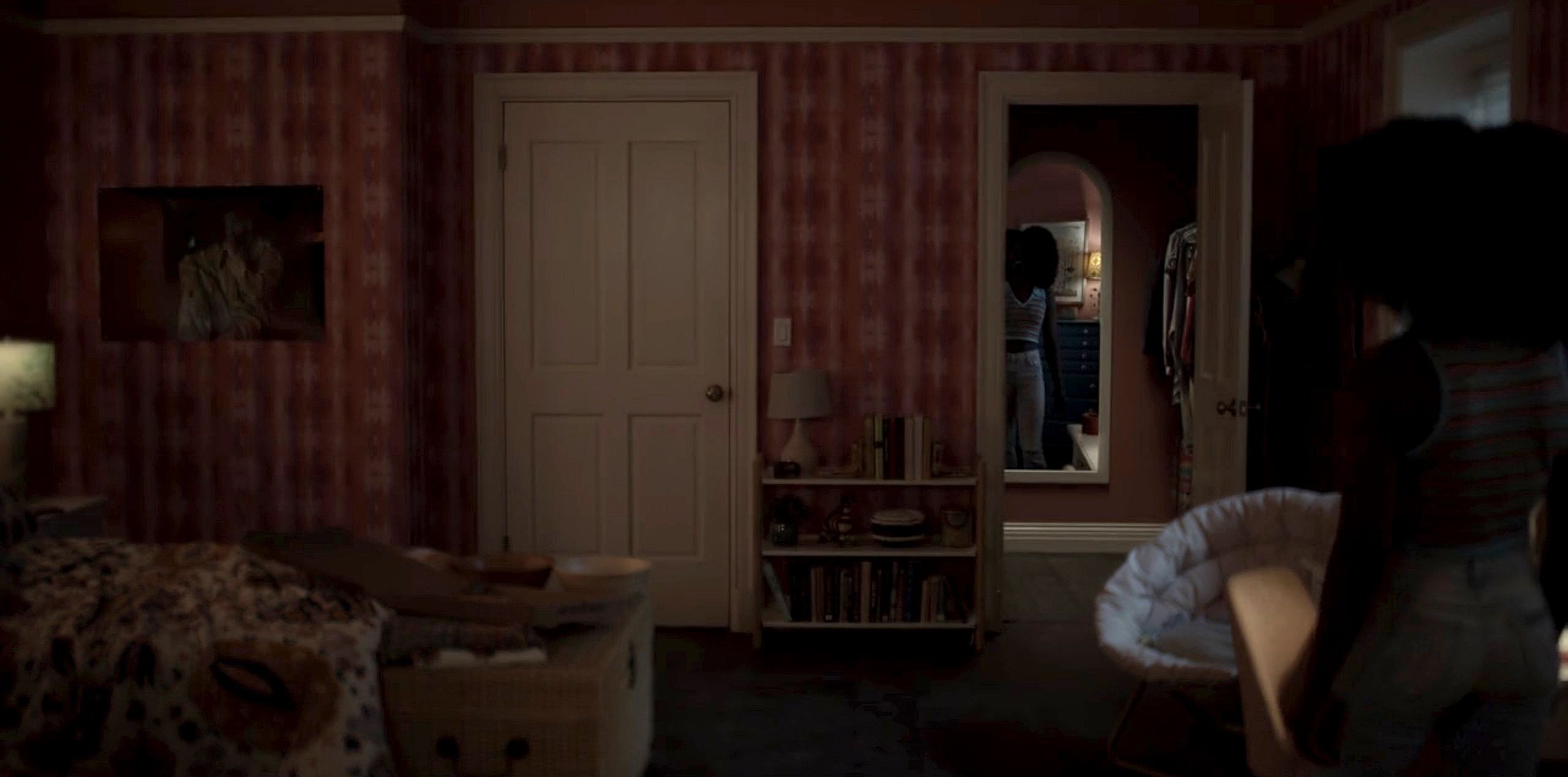Ryan Murphy and Brad Falchuk's American Horror Stories premiered in 2021 and transported viewers back to notorious locations from American Horror Story, including the Murder House. The spin-off series also relays original horror stories with real-life and mythical origins. Its second season amplifies this, transporting viewers through various time periods riddled with horrific and gory scenarios they are asked to overcome.
A large part of what makes American Horror Stories and the original series so terrifying is its atmosphere. The collaboration between the writing, performances, direction, and physical appearance of each horror story, is essential for viewers to feel invested in these stories. Game Rant had the opportunity to chat with Eve McCarney, the production designer for American Horror Stories season 2. McCarney discussed the research and attention to detail that went into pulling off the intricate horror sets and remaining respectful of each visited era and properly honoring the legacy of one Coven character.
GR: With most of American Horror Stories' narratives, they're solely independent of the original series. You worked on season 1, which went back to Murder House. Aside from the location, rubber suit, and a few cameos, Scarlett's story remains fairly independent of everything going on. "Dollhouse" is a bit different because it's essentially a backstory for a Coven character. Were there challenges with that?
Eve: Yes, it was challenging. It was Spalding's origin story. Because he's a fan favorite, we wanted to do him justice. We made sure to research the doll the child carries, which ties back to the Coven series; it's the right Madame Alexander doll. We wanted to make sure we paid homage to him and did an accurate portrayal of that. It was a lot of fun because Denis O'Hare played the dad. In Coven, he was a secondary character. He's very important; he's pivotal. To be able to do the Robichaux nod at the end, we got to remake the plaque and that was really fun.
"Dollhouse" in particular was a very big episode. It was basically a period feature. We played with scale - we either wanted some things that were oversized or small. It's tricky because if it's only a tiny bit larger or smaller, it's not going to read. We had these really tiny chairs in the dining room. We had very large chess pieces in the back of the living room just to have things that felt very Alice in Wonderland. Everything was leaning toward fairytale and fantasy. That was the idea, that this is playhouse.
GR: You mention that "Dollhouse" was sort of a period setting. Unlike the first season, season 2 deals a lot with distinct time periods. What were the challenges with shooting those time periods, specifically looking at an episode like "Milkmaids" where the era plays such a significant role in the way the plot unfolds?
Eve: "Milkmaids" is another challenging one. I love doing period work, so this season for me was amazing because there's such a range of work. We did a lot more building this year. Research is so essential when you're doing a period, and it's one of the things I love the most. We pulled a ton of research and that's always our starting point. We looked at the John Adams house, which was an inspiration for Thomas' house. I've designed an 1800's western but not a 1700's colonial piece. Anytime I can do a new period, I absolutely love it.
GR: The Bloody Mary myth relies a lot on mirrors and the episode that focuses on it is no different. How did you go about using the mirrors and crafting them?
Eve: The most important mirror is the final mirror. I think we might have started with 8 choices. We wanted something that felt Victorian; something that felt old to lean into the lore and myth of it, and how long it's been around. We know from the flashback that for this version of Bloody Mary, she's been around since the 1850s. We wanted something antique.
GR: There are a lot of different styles and characters that are interacting with them. How did you match them with certain characters?
Every main mirror was selected. I wanted these really bright vibrant colors for the teenager. She's a little bit of a queen bee as the head cheerleader. So, I really love that tie-dye wallpaper; it's very funky and fun. That rounded, half-mirror for her felt really on-trend. Her bathroom is family-style, and we wanted the largest mirror in there, so we could see all four girls at once. Beyond that, when we are talking about the woods, my decorator got every mirror she could find.
GR: Do you find working on these segmented horror stories easier than working on something like the original series, where you're stretching the narrative across an entire season?
Eve: There are several episodes I feel could be an actual season, especially this season. "Milkmaids" being one, "Dollhouse" being another. Even "Bloody Mary" if you start bringing in other characters. Let's say "Dollhouse" was an entire season. We would build everything or most things, and we'd have complete control over it. You would have the time to fully concept out all those elements. You have more control, more time, and you can throw more resources at it.
GR: How does the production for season 2 compare to season 1? Is there one episode this season that you're the most satisfied with or proudest of?
Eve: My proudest would be "Dollhouse." I was really able to spend the time with it, which made a huge difference. "Dollhouse" was originally supposed to be second, but it got pulled up to first because of the scale. Watching "Dollhouse," it was like, "Oh my gosh, I did this." It was everything I hoped it would be.
American Horror Stories is now streaming on Hulu.



